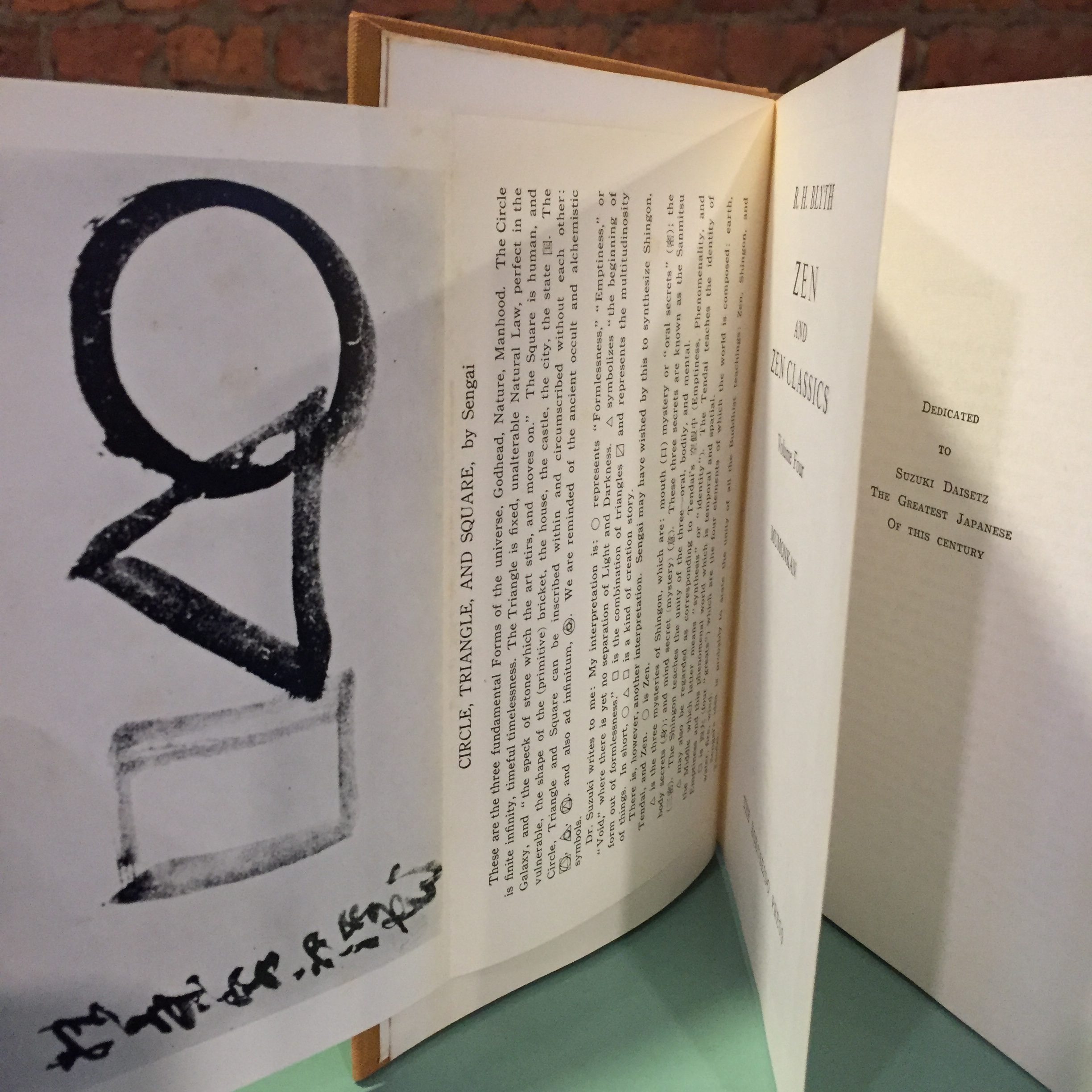Description
Zen and Zen Classics: Volume Four
Mumonkan or The Gateless Barrier, a collection of 48 Koans compiled in the early 13th century by the Chinese Zen Master Wumen Hukei with a Preface by Daisetz T. Suzuki.
“Koan, so to speak, is a more technical name for “barrier.” The Koan age started early in the Sung dynasty, while in the rang there were no Koan because each student brought his own questions, philosophical or spiritual, to the master. The master then dealt with the troubled student in the way he thought best. Zen was, in those days, full of vigor and creativity. But with the decline and fall of the Tang dynasty, Zen lost its original vitality, and the age of creativity gave way to an age of recollection, interpretation and “sporting”, Zen masters of the Sung then started the Koan system of study whereby the students were trained to apply themselves to the solution of the “cases” left by the old masters. Zen, as we see in Mumonkan, is now more or less a systematized teaching. Thus, generally, the first of the “barrier-gates” to be broken through is Joshu’s Mu after which the students proceed with more koan as presented in this book.”
Zen and Zen Classics: Volume Four, R. H. Blyth, Hokuseido, 1966
First edition. Hardcover. Octavo. Orange cloth binding. Minor spotting to end papers otherwise unmarked. Good condition.






